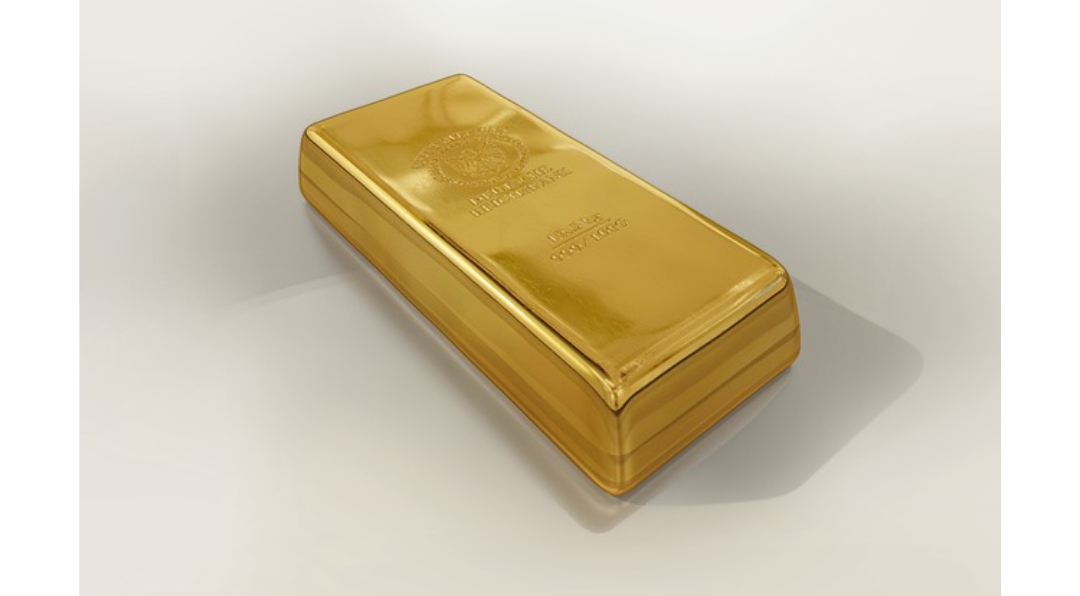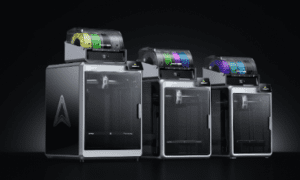Among the first decisions as an investor in precious metals, such as gold is to determine whether to buy cast bars or minted bars. Each offers tangible ownerships, but there are distinct differences that a prospective and informed buyer will consider.
Let’s explore a straightforward comparison of cast vs minted gold bar types , and if you need more details, reach out to the pros with Money Metals Exchange for a more thorough explanation.
What Are Minted Gold Bars
Minted gold bars are produced by professional bullion mints. These go through a rigorous refining process as the gold is melted and poured into molds to create bars using the troy weight system. For instance, a common size for a minted gold bar is 1 t oz.
This investment bar will feature recognized hallmarks stamped on top by the producer. This precise manufacturing process ensures the bars have guaranteed purity of .999 or .995 fineness.
What Are Cast Gold Bars
Cast gold bars are produced directly from scrap recycled gold materials by independent refineries instead of large bullion mints. The recycled material is melted and poured into molds without express precision resulting in bars of irregular weights and shapes.
For example, a cast bar could weigh 5 t oz as opposed to the standard 1 t oz. Due to the lack of precision in the production process, cast bars may show impurities the surface and assay at variances, such as .995 fineness rather than .999 as is true with the mint bars.
Quality is less consistent overall with the cast bar compared to the minted bar although previously owned gold bars are accessible at lower premiums – above market value. Visit – How Do You Buy Gold? A Beginner’s Guide – for tips on buying gold as a beginner.
Should You Buy Minted or Cast Bars
Being informed on the differences between gold minted and cast bars allows a more informed decisions when buying items; however, identifying key pros and cons can help you better determine which is most suited to your individual needs and purposes.
Each offers gold bullion ownership but has unique pros and cons to carefully consider based on budget and long and short-term intentions.
Pros for gold minted bars
- Consistent quality, size, and purity: Professional mints manufacture these through rigorous refining, leaving guaranteed purity of up to .999 fineness and standardized weights and dimensions.
- Straightforward verification and liquidity: Minted bars display hallmarks that allow simple verification of authenticity.
- Uniformity: Minted bars being resold on the secondary market are sought and highly liquid.
- Gold-to-price-ratio: Long-term investors focus on hold the precious metal. With its consistent quality, a minted bar the maximum content per dollar invested.
Cons for gold minted bars
- High premium costs: The sophisticated production process means minted bars demand a higher premium above the current spot price compared to the sometimes-cheaper prices for the cast options.
- Short-term transactions: The minted bars “break-even” premium makes these less more of a longer-term investment instead of a short term, “in and out,” or small transaction focused primarily on the current rates.
- Limited size: Standard sizes such as 1 t oz, 5 t oz, and other limited sizes are the focus with most mints, while cast bars have a broad variance.
- Premiums offset long-term: Because minted bars hold their resale value over the long term, the higher premium is offset compared to the less consistent quality oof the cast bars over the long term.
- The trade-off: Premium costs are a minor trade-off overall for guaranteed purity and liquidity upon resale in the secondary market.
Pros for gold cast bars
- Low premium prices: The top pro with cast bars is their generally reduced premium above the current rates compared with higher priced minted bars.
- Varied sizes: Cast bar weights are irregular and there are a range of sizes available.
- Best for short-term strategies: Because cast bars have lower premiums, these are preferred for frequent trading based on gold’s pricing fluctuations.
- More affordable option: Entering the investment platform from a cheaper standpoint benefits investors on a restricted budget and is possible when buying cast bars compared to minted. Click for guidance on buying gold bars and coins.
Cons for gold cast bars

- Quality variances: With less than precision production, cast bar’s quality characteristics including purity can have vast inconsistencies from the more standardized minted bars.
- Challenging identification: Authenticity is more challenging to verify without hallmarks compared to minted bars, which are relatively straightforward to trace.
- Lower reliability: There may be greater resistance with resale of irregular cast bars versus the uniformity of the minted bars, appreciated by prospective buyers.
- Disorganized storage: The cast bars with their varied weights and shapes make organized storage difficult, whereas stacking the minted bars with their standardized weights and sizes results in an orderly and clean space.
Final Thought
As a rule, each bar type enables investors to participate in the gold market on some level with a tangible asset that offers a valuable inflation hedge.
The minted bars are consistently a top choice for “buy and hold” long-term investing if you’re seeking maximum weight per investment based on refined quality and verified liquidity on resale.
Cast bars on the other hand are integral in providing investors a low-cost entry into gold investment or ownership, appealing for those with restricted budgets who want to engage in short-term trading or work to diversify their portfolio.
With a solid understanding of the key differences between minted and cast bars, individual investors or prospective buyers will feel empowered to choose the one that aligns with their future financial goals.





























